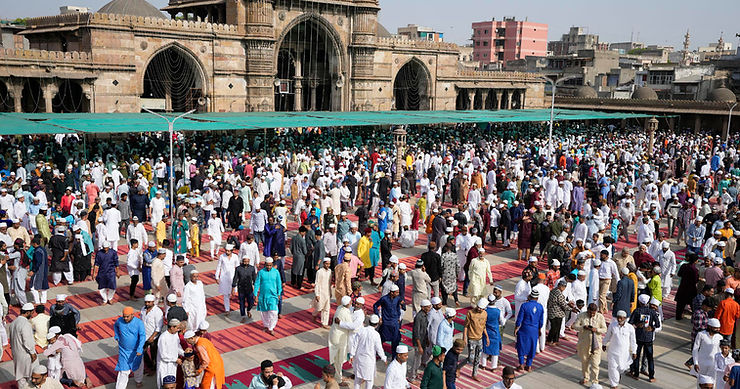By: Amanda Yang
Lately, the world’s population has been slowly but surely increasing every day, and soon, we will reach 8 billion as our population. Not only that, but India will take the title of “world’s most populous country” from China in about 2023.
UN secretary-general Antonio Guterres said that the global population milestone, expected to be reached on November 15, “is a reminder of our shared responsibility to care for our planet and a moment to reflect on where we still fall short of our commitments to one another.” “This is an occasion to celebrate our differences, recognise our common traits, and marvel at advancements in health that have extended lifespans and dramatically reduced maternal and child death rates,” Mr. Guterres said.
The UN’s World Population Prospects 2022 report found that the world’s population was growing at its slowest pace since 1950, and the reason why is because of falling birthrates. World fertility rates have dropped from five births per woman in 1950 to 2.3 births per woman nowadays. Researchers also predict that the rate will lower to 2.1 births per woman in 2050, if not earlier.
The main reason for this is because of more advanced technology and education for women. This makes it so that women can do more with their lives, have many more options, and so they birth babies at an older age. For example, Eva Longoria, a celebrity, best known for her role on the show Desperate Housewives, didn’t get pregnant until the age of 43.
The UN forecasted that the population of the world will rise to 8.5 billion in 2030, 9.7 billion in 2050, and 10.4 billion in the 2080s, and steady at that level until 2100. Not only that, but many countries’ populations will be rising lately. Countries like Australia, the U.S, Canada, and New Zealand will increase in population due to being popular new homes for migrants.











